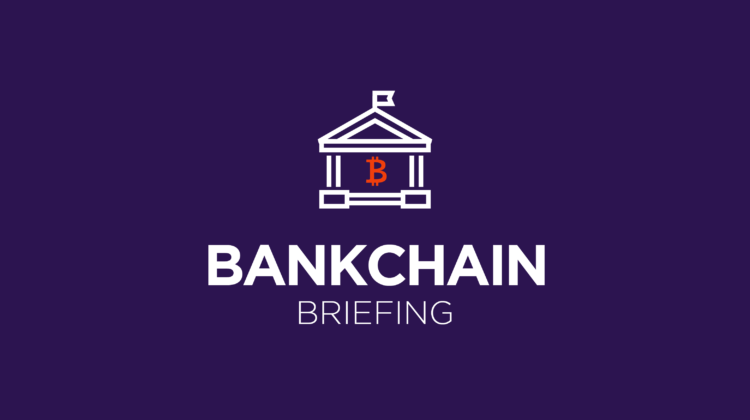Blockchain and Crypto, Member Exclusive
Bankchain Briefing: How will ‘The Merge’ impact the crypto industry?
- This week, we discuss Ethereum 2.0 and its likely impact on the future of blockchain and crypto.
- We also look at what Solana’s new crypto phone tells us about the future of DeFi mobility.








